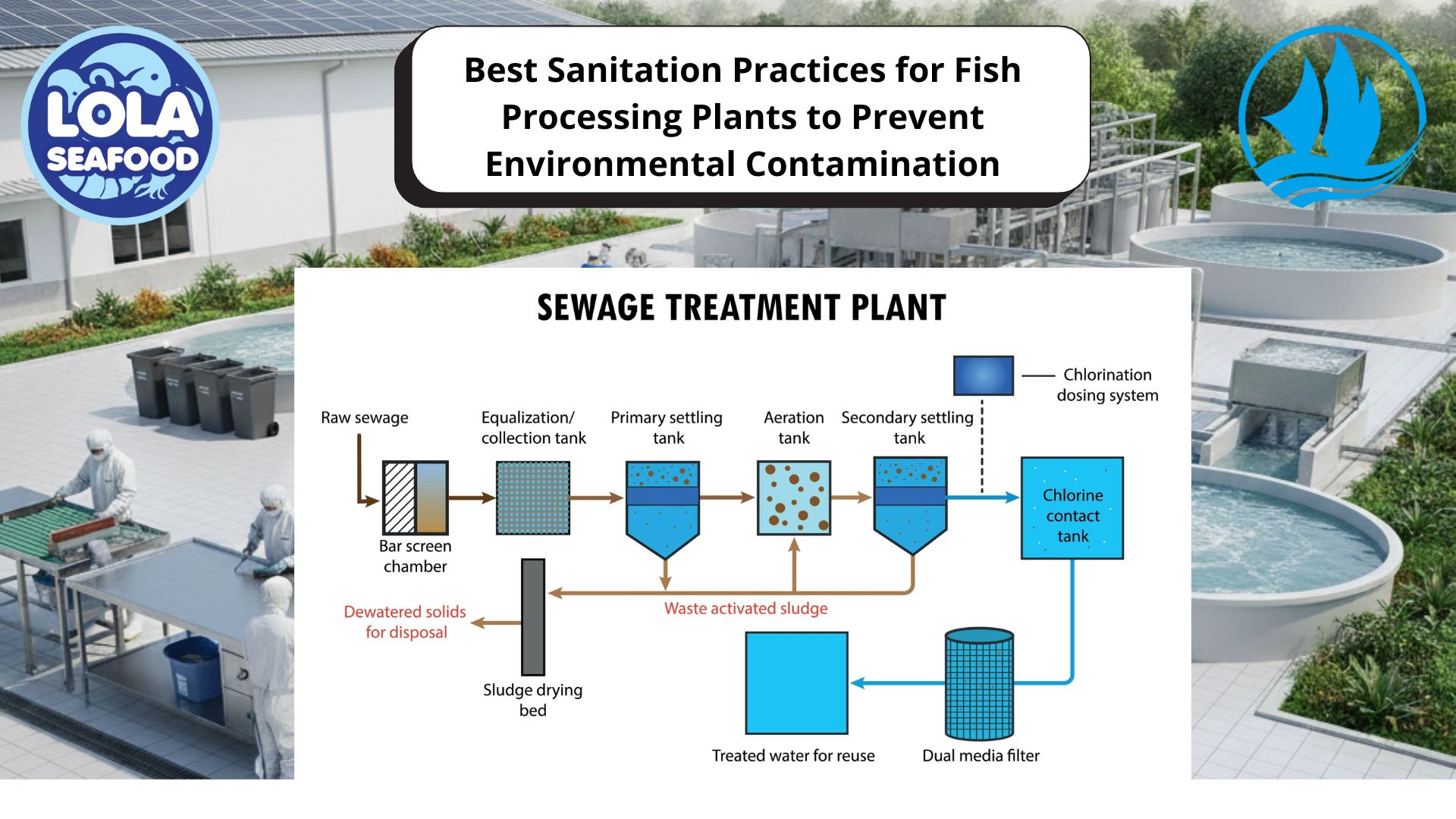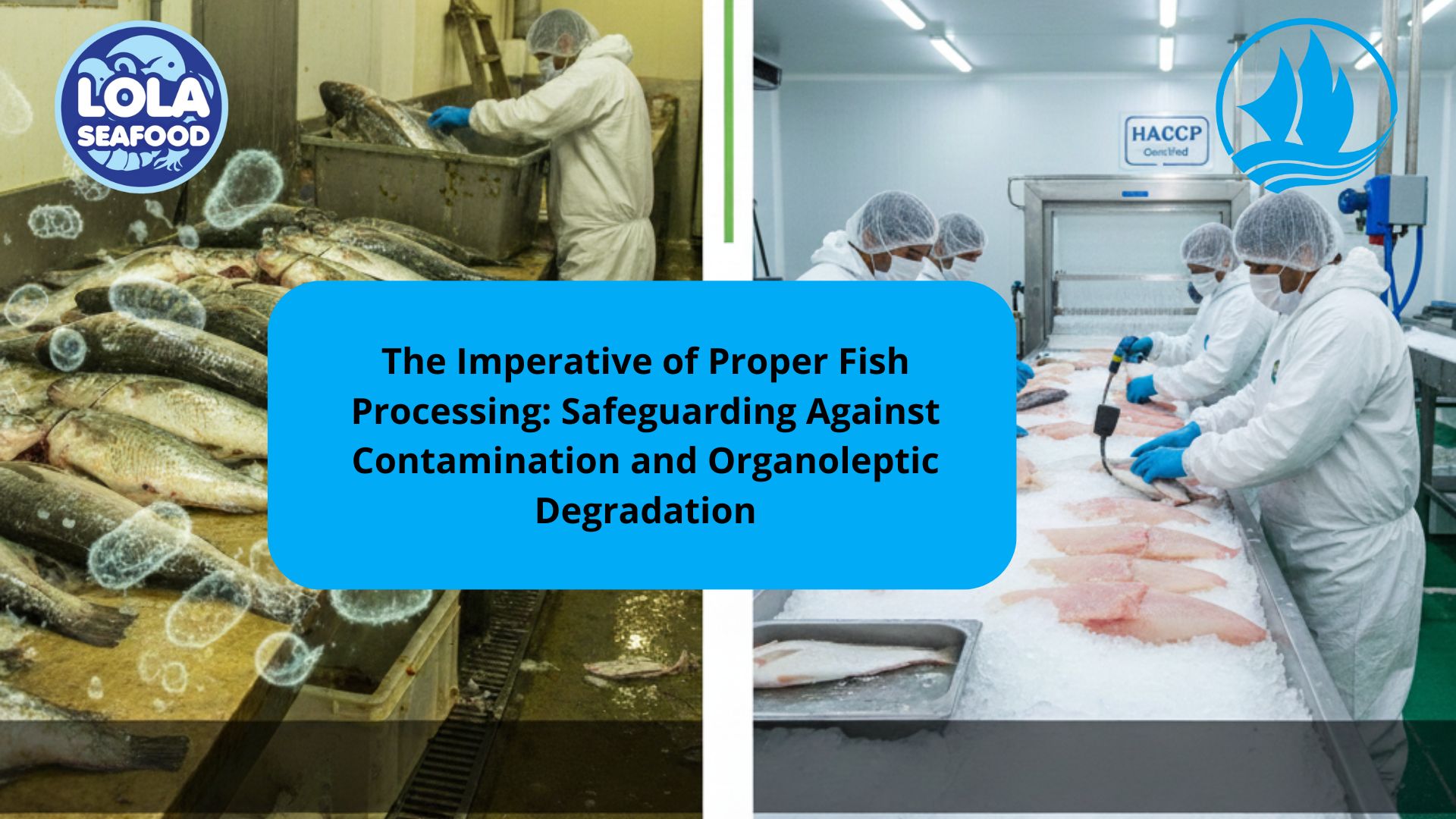BIOGENIC AMINES IN FISH
By. Najih - 29 Nov 2023.jpg)
Biogenic amines are non-volatile amines formed by decarboxylation of amino acids. Microorganisms having decarboxylase enzyme activity convert amino acids to their respective biogenic amines. Although many biogenic amines have been found in fish, only histamine, spermine, spermidine, putrescine, cadaverine have been found to be significant in fish safety and as indicators of fish spoilage. So, it is important to monitor the level of biogenic amines to assess the degree of freshness of a product. Biogenic amines in seafood have been implicated as a major causative agent of food borne illness, where intoxication results from the ingestion of foods containing higher number of biogenic amines. Despite a widely reported association between histamine and scombroid food poisoning, histamine alone appears to be insufficient to cause food toxicity. Putrescine and cadaverine have been suggested to potentiate histamine toxicity.
Putrescine, cadaverine, spermine, spermidine in fish tissue can potentiate the toxic effect of histamine by inhibiting intestinal histamine metabolizing enzymes like diamine oxidase and histamine N-methyltransferase. It potentiates the histamine uptake and liberation of endogenous histamine in the intestinal fluids. may result in head ache, migraine, nausea, vomiting. In sensitive individuals, it may result in increase of blood pressure leading to the hypertensive crisis.
Temperature between 20 and 37 °C is optimum for the growth of microorganisms containing decarboxylase. Hence storage temperature is an important factor contributing to the biogenic amine formation especially for fish that is exposed to warm waters or air and for tunas which generate heat in their tissues. The most effective way to prevent the biogenic amines is by proper refrigeration of fish starting from the point of production to the final end user.

The Legal Shark Value Chain: Identifying Critical Control Points for Cost Efficiency and Value Enhancement from Catch to Consumer

Global Trust Across Three Segments: How the HACCP System Ensures Premium Quality for Demersal, Pelagic Fish, and Legal Shark Product Utilization
.jpg)
Green Investment, Profitable Harvest: How Sustainability Practices Reduce Operating Costs in Fish Fillet Processing Plants (Skin-On and Skin-Less)
 in Meeting Global Protein Demand Sustainably.jpg)
Sustainable Aquaculture: The Role of Recirculating Aquaculture Systems (RAS) in Meeting Global Protein Demand Sustainably




